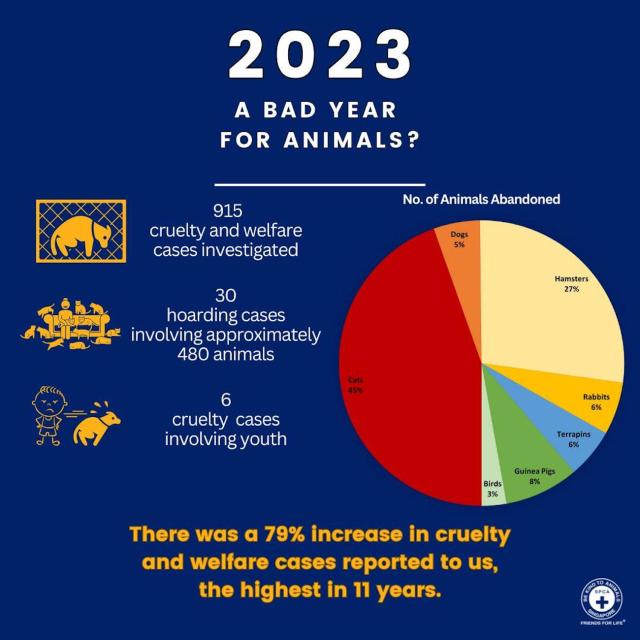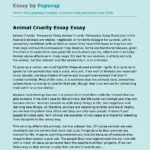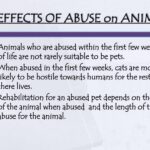In the shadows of bustling cities, amidst the fragrant allure of blooming gardens and the serenity of verdant parks, lies a disquieting truth—a grim reality that far too often escapes public scrutiny. Every day, a staggering multitude of animals endure unspeakable horrors, revealing a pervasive crisis that transcends geographical boundaries. To comprehend the magnitude of this distressing phenomenon, one must embark on a journey that navigates beyond statistics and delves into the haunting narratives of those who suffer in silence.
Imagine a world where the delicate cries of innocence are systematically muffled—this is the daily existence of countless creatures, each possessing their own story worthy of empathy and understanding. Current estimates suggest that millions of animals face abuse in various forms, ranging from neglect to overt cruelty. These figures do not merely signify numbers; they represent the heartbeats of sentient beings entwined in a struggle for survival amidst the overwhelming tide of human indifference.
Abuse takes on myriad forms, often concealed beneath the veneer of normalcy. Companion animals, who once basked in the warmth of human companionship, are sometimes relegated to mere possessions in the eyes of their owners. Instances of abandonment punctuate this sorrowful narrative, as beloved pets are left to navigate the perils of the world alone. The chilling reality is that approximately 1.5 million shelter animals are euthanized each year, illuminating a harrowing truth: for many, the sanctuary of a loving home is nothing but a fleeting dream.
Meanwhile, in the shadows of factory farms, animals are subjected to conditions that many would deem unthinkable. Industrial agriculture, driven by the insatiable demand for cheap meat, engages in practices that prioritize profit over compassion. Chickens, pigs, and cattle endure lives characterized by confinement, genetic manipulation, and systematic brutality. The statistics reveal a sobering reality: billions of animals raised for food are slaughtered every year, often experiencing significant suffering in the process. The dissonance between the idyllic imagery of pastoral farms and the stark realities of agribusiness is a conflict that demands our attention and scrutiny.
Yet, the scourge of animal abuse does not halt at domestic pets or livestock; it permeates the realm of wildlife as well. Encroachment upon natural habitats, driven by urban expansion and industrial development, forces countless species into a perilous dance of survival. The Conservation International reports an alarming decline in wildlife populations, with some species facing the brink of extinction. Poaching, driven by the lucrative black market for animal products, exemplifies the extent of this crisis; every year, thousands of elephants, rhinoceroses, and pangolins fall victim to this brutal trade. Here, the metaphor of a slow, agonizing death becomes starkly evident, as entire ecosystems unravel in the wake of human greed.
One cannot overlook the psychological ramifications of such abuse. Studies have illuminated that animals, much like humans, experience a spectrum of emotions—from fear and anxiety to joy and companionship. The scars inflicted upon these beings extend beyond the physical; they plunge into the depths of their psyche, crafting a narrative of trauma that defines their existence. Rescue organizations often encounter animals that exhibit signs of profound distress, evidencing the haunting legacy of their past. They become the silent witnesses to a world that has betrayed them, and their recovery becomes a complex journey of healing that requires patience and understanding.
As we confront the harsh realities of animal abuse, it is imperative to recognize that change must begin with awareness. Each statistic serves as a clarion call, urging society to disrupt the complacency that surrounds animal cruelty. A collective consciousness that prioritizes empathy and advocacy can illuminate the path toward a future where all beings are treated with respect and dignity. An intriguing metaphor emerges here: every emancipation of an animal from the clutches of abuse resembles the flicker of a candle in a dark room, illuminating possibilities for a brighter tomorrow.
The role of education cannot be overstated. Empowering individuals—especially children—with knowledge about animal welfare fosters compassion from a young age, cultivating a generation that advocates for the voiceless. Programs that teach kindness to animals can sow the seeds of change, encouraging engagement in local shelters, activism, and informed choices about dietary and consumer habits. Each dialogue about these issues acts as a thread, weaving a broader tapestry of awareness that can eventually cloak the marketplace of cruelty in an unyielding pursuit of justice.
As we explore our own responsibilities within this tapestry, it becomes apparent that individual actions resonate on a larger scale. Simple choices—adopting rather than shopping for pets, supporting cruelty-free products, or participating in awareness campaigns—giant ripples can cascade across society. These decisions contribute to a culture that esteems compassion over callousness, allowing the collective consciousness to rise against the tide of cruelty that has, for so long, ravaged the lives of countless beings.
In conclusion, as we reflect on the silent suffering of these innocent souls, we must recognize that the crisis of animal abuse is not an isolated issue; it is a reflection of our collective values and choices. Engaging with this reality requires introspection, empathy, and an unwavering commitment to advocacy. Let us not be mere spectators in this narrative but rather participants in crafting a future where every animal flourishes under the protection of compassion. For in understanding their plight, we ultimately illuminate our own humanity.









